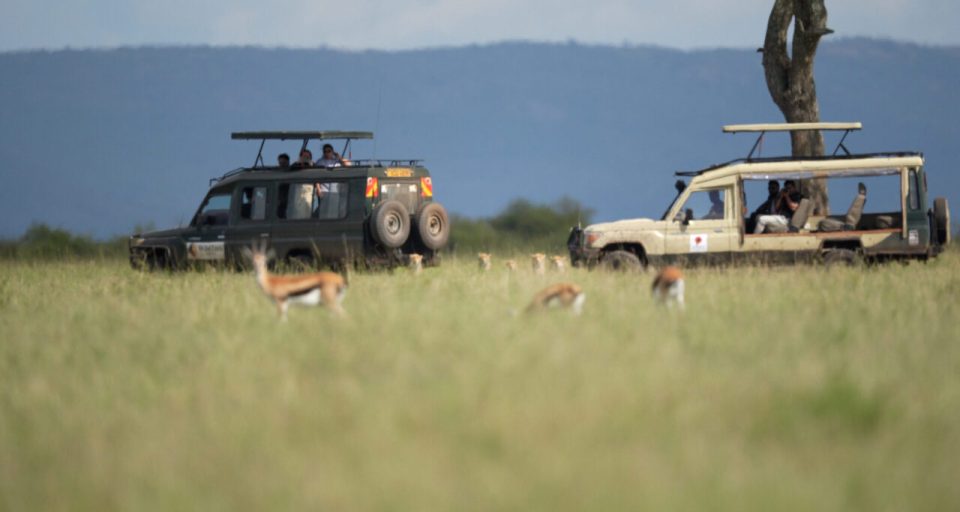🟢 The Wild Truth
- Kids deserve the truth about wildlife—not just talking animals.
- Anthropomorphism entertains but misleads.
- ARJA tells real stories that inspire care, curiosity, and conservation.
In an increasingly digital and urbanized world, helping children build meaningful connections with nature is more than a nicety—it’s a necessity. Our ancestors once relied on nature not only for survival but for shaping the way we think, live, and relate to one another. From foraging to tracking the seasons, early humans developed cognitive and social skills rooted in their understanding of the natural world.
Today, that ancient connection is fading. At ARJA for Wildlife, we believe it’s time to rewild the imagination—not with fantasy, but with the fascinating truths of the natural world. Here’s why teaching children about real wildlife and ecosystems matters now more than ever.
🌱 1. Fostering Wonder and Curiosity
“Wonder is the beginning of wisdom.” — Socrates
Children are natural explorers. The textures of a tree bark, the call of a distant bird, or the quiet watchfulness of a cheetah—each holds the power to ignite wonder. Exposing children to real animals and ecosystems cultivates curiosity and encourages lifelong learning that’s grounded in observation, not assumption.
🌍 2. Promoting Environmental Stewardship
Understanding how ecosystems function—and why they’re fragile—lays the foundation for responsible behavior. When children learn the true stories of nature, they begin to grasp their role as protectors of the planet.
📌 “We won’t protect what we don’t understand. And we won’t understand what we don’t teach.”
In the face of climate change, this awareness is not optional; it’s essential. By teaching children to care, we empower the next generation of conservationists to speak up and act.
🧠 3. Enhancing Mental and Physical Well-being
Nature is not only good for the planet—it’s good for the mind. Research by Pretty et al. (2017) shows that time spent in green spaces reduces stress, boosts creativity, and improves mood.
Further strengthening this link, a 2022 study by Professor Andrea Mechelli at King’s College London, published in Scientific Reports, found that simply being in the presence of birds—seeing or hearing them—significantly boosts positive mood and mental well-being. The effect was shown to last for hours and benefit even those with existing mental health conditions such as depression.
🟩 “We need to create opportunities—especially for children—to experience nature’s small wonders, like birdsong. These moments matter.”
— Prof. Andrea Mechelli, King’s College London
The takeaway? Even fleeting contact with wildlife can be transformative for children’s emotional health.
🔍 4. Encouraging Critical Thinking
Wildlife isn’t predictable. Animals don’t always “win,” and ecosystems don’t follow a scripted storyline. That’s where the magic lies.
🟨 Real stories from nature teach kids to ask questions, solve problems, and appreciate complexity.
When kids engage with authentic wildlife stories, they become active learners—not passive consumers. They start to understand biodiversity, species interdependence, and the importance of scientific inquiry.
🏞️ 5. Connecting with Cultural and Ecological Heritage
Every region holds its own rich biodiversity and ecological story. Learning about these helps children deepen their sense of identity and connection to place. Conservation becomes not just a global cause, but a personal one tied to their roots and culture.
🐾 When Fiction Walks on Four Legs: The Role of Anthropomorphism
Anthropomorphism—assigning human traits to animals—is charming and widely used in children’s media. But it walks a fine line between engagement and misinformation.
🎬 Popular Examples:
- Winnie the Pooh – A bear with a thoughtful heart and human-like friendships.
- Zootopia – An animal society with deeply human political issues.
- Peter Rabbit – A mischievous bunny with more personality than biology.
💬 “Anthropomorphism can be the doorway—but not the destination.”
These narratives help children relate emotionally, but they also risk creating unrealistic views of animal behavior and ecosystems.
⚠️ The Hidden Costs of Anthropomorphism
🟥 1. Misunderstanding Animal Behavior
Children may expect wild animals to act like pets. This can be dangerous—for both kids and animals.
Dr. David F. Bjorklund (2018) emphasizes that such misconceptions create false expectations for real-life interactions.
🟥 2. Oversimplified Ecosystems
Cute characters often flatten the complexity of the natural world.
Dr. Louise Chawla (2020) warns that oversimplified stories limit children’s grasp of biodiversity and ecological interdependence.
🟥 3. Eroding Respect for Wildlife
Viewing wild creatures as cartoons diminishes the importance of respectful observation.
Dr. Rachel Kaplan (2020) stresses that realistic portrayals foster genuine reverence for nature.
🟥 4. Disconnection from Reality
Dr. Ellen Sandseter (2022) argues that real-world encounters with nature are vital for developing empathy and emotional growth.
🔄 Striking the Balance: Real over Romanticized
Yes, stories should spark wonder—but they must also plant truth.
At ARJA for Wildlife, we craft compelling narratives rooted in real events, authentic behaviors, and conservation science. Our goal is to inspire—not with fantasy—but with the fierce, fragile, and fascinating reality of the wild. By showing children what nature really looks like, we foster deep respect, curiosity, and care.
💡 “Let’s raise kids who don’t just love animals—they understand them. Not just storytellers, but stewards.”
🌿 Conclusion: Raising Wildly Curious Minds
Helping children understand the truth about nature is one of the most powerful ways to prepare them for the future. Through authentic storytelling and immersive learning, we can spark curiosity, encourage empathy, and empower them to become guardians of the planet.
ARJA for Wildlife is committed to this mission. By blending real-life narratives, conservation insight, and educational tools, we aim to transform how the next generation sees—and saves—our wild world.

